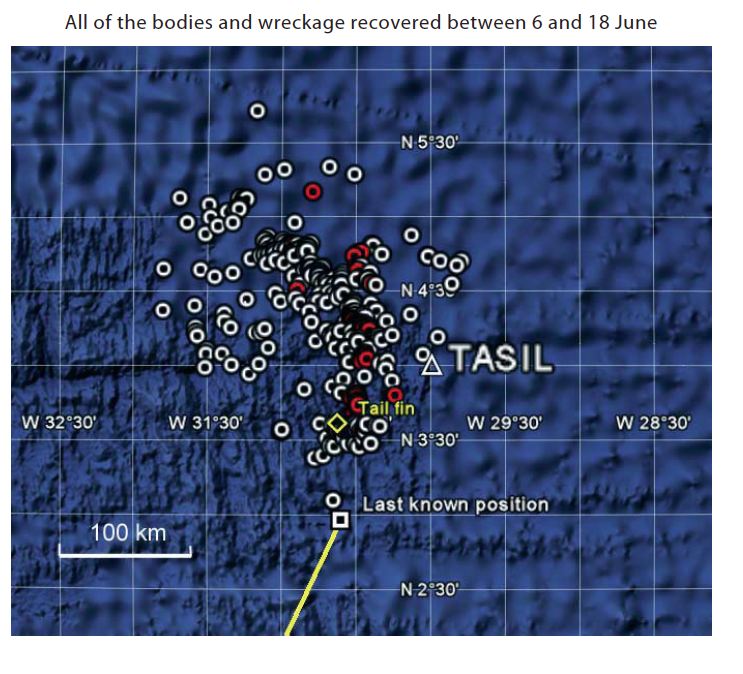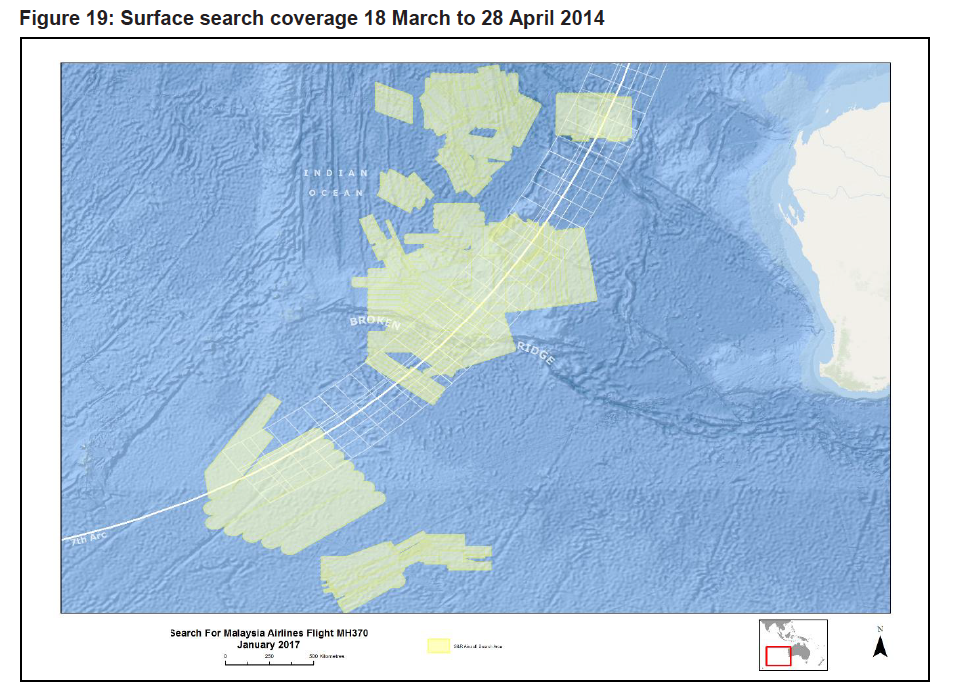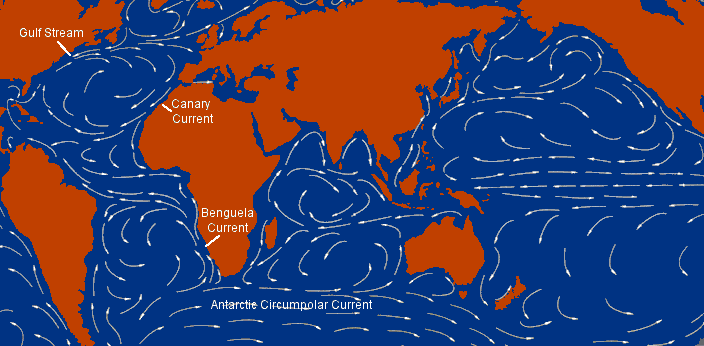To watch Deep Dive: MH370 on YouTube, click the image above. To listen to the audio version on Apple Music, Spotify, or Amazon Music, click here.
In our last episode, we talked about the search of the seabed, which started in October 2014. By that time the plane had been missing for 8 months. And while the seabed search was everyone’s best hope for finding the black box and solving the mystery, people hadn’t forgotten about floating debris.
You’ll recall that in the first month after the disappearance, there had been an extremely extensive search of the ocean surface by ships and airplanes from many nations, and they hadn’t spotted anything.
When Australia called off the surface search for Malaysia Airlines Flight 370 on April 28, Prime Minister Tony Abbot explained that “It is highly unlikely at this stage that we will find any aircraft debris on the ocean surface. By this stage, 52 days into the search, most material would have become waterlogged and sunk.”
But would the debris really have sunk?
Modern aircraft are made of metal, composites, and plastic, materials that do not get waterlogged. If, as the Australian Transport Safety Board (ATSB) believed was most likely, MH370 ran out of fuel and then crashed, it would have been moving at hundreds of miles per hour when it hit the sea. Much of the resulting debris would have settled down through the water column, but innumerable pieces would have remained afloat. After Air France Flight 447 went down in the middle of the Atlantic in 2009, searchers found some 3,000 pieces of debris scattered across the surface.

With the passage of time, the absence of MH370 debris was becoming increasingly puzzling. Emirates Airlines CEO Tim Clarke expressed frustration over the ATSB analysis of the plane’s fate, saying: ”Our experience tells us that in water incidents, where the aircraft has gone down, there is always something.” This is true. I don’t know of any cases where a commercial airliner has crashed into the sea and no parts were recovered, even if the crash occured in an unknown location far out in the middle of the ocean, as MH370’s presumably did.
Consider the fate of the Boeing 377 Stratocruiser “Clipper Romance of the Skies,” which disappeared on the first leg of a planned round-the-world flight somewhere between San Francisco and Hawaii in 1957.
An aircraft carrier was dispatched and found floating debris six days later, halfway between its origin and destination and 90 miles from its planned track, some 1,000 miles from the nearest land.
The MH370 seabed search areas was a bit further out to sea, some 1,500 miles southwest of Perth. But far more assets were been deployed in the search, including satellite, ships, and land-based aircraft.
This is a map of where they looked.

You’ll see there’s a part in the south, and a part in the north. They searched the southern part first, when they found the Inmarsat data, and realized that the BTO data implied that the plane flew straight and fast.
Then they figured out the BFO data, and decided to look in the areas where the flight path of the airplane best matched the BFO data. Later they realized that that was a mistake, it had led them to look too far north. They had missed the chance to fly over the stretch of the ocean that they later realized the plane had most likely gone.
Given that no debris had been spotted from the air, a lot of people thought that the first hard proof of the plane’s fight might well take the form of flotsam washing up on a beach somewhere.
The question was, where would it wash up?
Here’s a map of the predominant currents in the Indian Ocean.

That October I interviewed pioneering ocean-current researcher Curtis Ebbesmeyer, a retired professor of oceanography at the University of Washington. He told me that the South Indian Current should have been carrying MH370’s wreckage eastward, at a rate of five to ten miles per day. That implied an arrival window on the beaches of Western Australia of between mid-June and late September.
Computer models of drift patterns suggest a similar conclusion. Here’s a model that Victor Iannello shared on his website:
Notice that, if a piece starts in the southern part of the search area, it’s more likely to go east, and if it starts more to the north, it should head west instead. If MH370 went where a simple, straight-and-fast route would have taken, debris should have been washing up regularly on the coast of Australia. And many people were looking for it there—yet to date none has been found.
By mid 2015, the search for MH370 had entered a strange kind of limbo. The seabed search had found the wreckage where it should have been. A really extensive search of Australian beaches hadn’t turned up anything. The only reason to think that the plane had gone south was a set of Inmarsat signals that had been generated as a result of an equipment reboot that no one could explain. And I’d found a way that that data could have been tampered with.
Then, on July 29, 2015, workers conducting a beach cleanup on the French island of La Réunion discovered a piece of a 777 wing called a flaperon. Serial numbers inside the fragment settled the matter: it had come from MH370. They mystery had entered a new phase.
Very interesting podcast but you needed a switch to turn off Andy’s Mike. His constant loud interruptions are extremely annoying.
I’m on the frequency episode so hopefully he gets better.
Hey Adam, Glad you like the podcast. Andy and I are both learning as we go, so we appreciate your patience. Maybe it’s just me but I think we’re getting better at it with practice.
Hello. I’m the documentary they said that the serial number plate was removed and not present when found. Was that not the case?
Thanks for all the work!
Hey Eve! It’s true that there was an external serial number plate that was missing. However, there were other ID numbers on the inside that investigators in France were able to read using an endoscope, and these confirmed that the flaperon came from MH370.